
10 Ideas To Make Your Home Pet Friendly

As playful and curious as toddlers, pets love to snoop their way around the house and explore their territory in the most unexpected and often inconvenient ways! They get up to their fair share of trouble, but your furry and feathery angels are no less than family, and pet-proofing is a genuine concern for homeowners who want the house to be not only their own but also their pet's dream home! Leave your pet-proofing worries behind with our list of quick and nifty tips and set out to make your home better and more pet friendly!
Keeping Your Home Clean

Hide Pet Hair
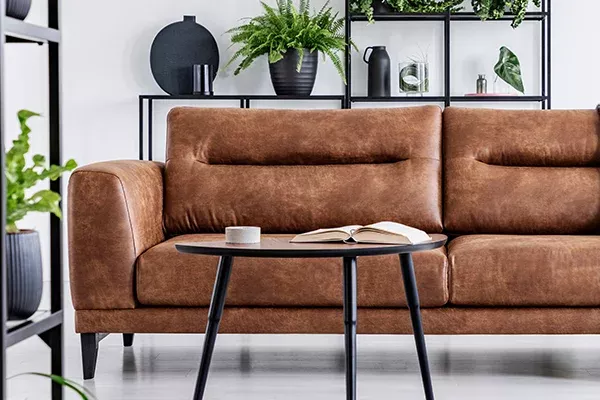
Pet hair is a major concern especially if your furry companion is a long haired dog or a cat that sheds. It is imperative to manage pet hair and keep it off your furniture, not just for hygiene but also to prevent hairballs, choking and allergies. Though an easy way to hide pet hair is to choose furnishing that matches the colour of your pet's hair, it is advisable to opt for: Smooth fabrics, leathers and synthetic fibres and stay away from: Delicate materials that attract fur like velvet, corduroy or velour.
Clean Pet Hair
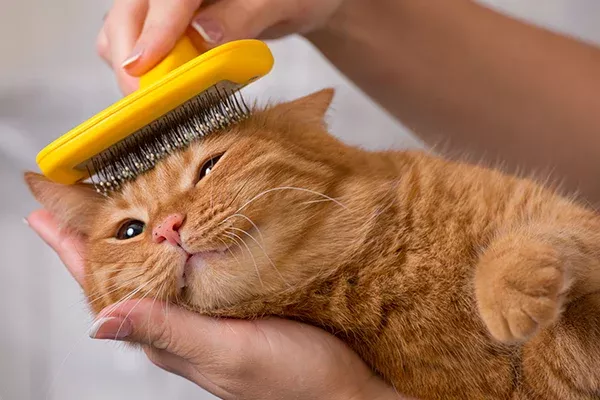
Pet hair everywhere can be a pet-peeve for many but limiting your pet's access to areas in your home is not the solution. Invest in strong vacuum cleaners with high efficiency particulate air filters, lint removers, and pet grooming bushes to keep your home and clothes fur free!
Prepare for Accidents
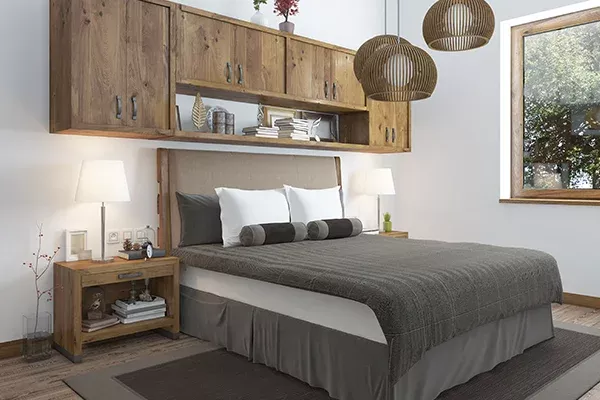
It is important to be prepared for accidents, especially if you have young pets who might not yet be toilet trained. Make sure to have a cleaner that will clean and disinfect animal waste and other messes on hand. Laminating your hardwood flooring and investing in a pet deodoriser is a great way to keep your floors squeaky clean and fresh.
Prepare for Accidents
It is important to be prepared for accidents, especially if you have young pets who might not yet be toilet trained. Make sure to have a cleaner that will clean and disinfect animal waste and other messes on hand. Laminating your hardwood flooring and investing in a pet deodoriser is a great way to keep your floors squeaky clean and fresh.
Closed Storage

Using closed storage is a great pet friendly trick. Cats and small dogs love to snuggle into and hide in smaller spaces. Closed storage means your little buddy can’t pull things off shelves, knock over objects or injure themselves. Minimising open storage keeps them safer and your home cleaner.
Food Bowl
Keeping a plastic place mat under your pet’s dishes makes cleaning spilled food easier. If you keep the food bowls slightly elevated you can avoid having ants or other unwelcome critters from getting into the food, ruining your pet's appetite and causing them injury through bites or stings.
Keeping Your Home Safe
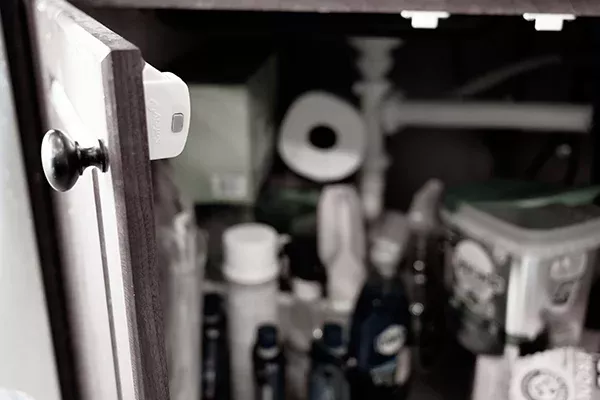
Childproof Latches
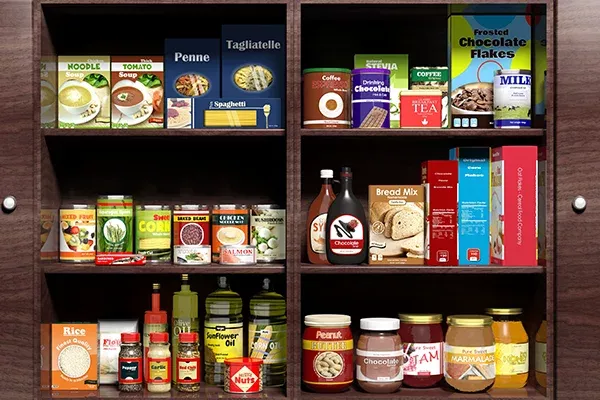
Animals have special diets that are different from the human diet and wrappers can present a choking hazard. Many food items we enjoy can be harmful for our pets. Use childproof latches on kitchen and bathroom cupboards. This will prevent animals from getting into foods and chemicals that can cause them harm or injury.
Store Items High
Keep medications, cleaners, glass items and sharp objects on high shelves, so that if the childproof latches don’t keep your pets out they still won’t be able to get up to the dangerous stuff.
Cover the Garbage
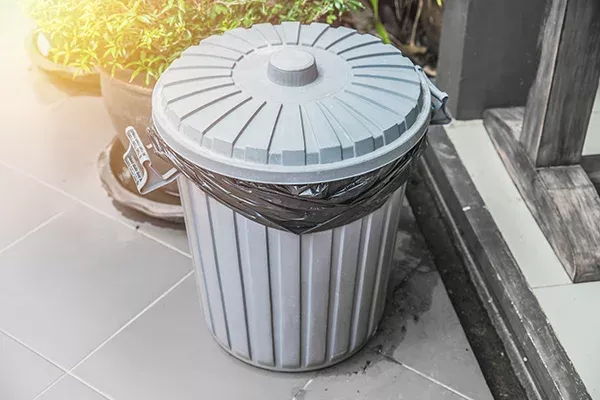
Dogs, cats and guinea pigs are often drawn to the paper and plastic in our trash and love exploring. Garbage cans are usually filled with a collection of old food, dangerous chemicals, and small indigestible pieces of trash that can all be harmful to your animals. Keep your garbage cans and dustbins covered or in a cabinet.
Close the Toilet Lid
Most pets love drinking out of the toilet bowl or simply go on bathroom adventures. Keeping the toilet lid down is a great way to prevent small animals from drowning. Allowing your pets the opportunity to drink out of the bowl is dangerous too, as it exposes them to all sorts of harmful chemicals and covering the toilet bowl is thereby important.
Research House Plants
Many plants may be a danger to your animal, and you must try to avoid bringing them into your house. Common houseplants that are actually dangerous for your animals are Lilies, Azaleas, Oleander, Tulips, Yew, Chrysanthemum and English Ivy, to name a few. Be sure to research if your houseplants are hazards to your beloved animals.
You want your pets to stay healthy so you can enjoy many years of snuggling and loving them. Following the above tips will help you keep a safe and clean home and create a safe and playful haven for your furry and feathery angels.
Subscribe and stay updated!
Get all the updates on our latest articles and client stories. Subscribe now!
Other articles you might like
-
TIPS AND TRICKSJan 07 2025| 3.00 min ReadTips to build a new home in 2021 The journey from buying a plot of land to constructing your own home on it is pretty amusing. It takes a long time and requires your complete dedication.
-
TIPS AND TRICKSJan 07 2025| 2.30 min ReadHow To Remove Mold From Your Roof Guide for Algae & Moss Removal on Your Roof · 1. Using Pressure Washers 2. Using Water-Bleach Mixture 3.Using Trisodium Phosphate & More. Click to Know More!
-
Home designsJan 07 2025| 2.00 min ReadSummer Home Maintenance Hacks Summer Home Maintenance Checklist · 1. Repair & Repaint 2. Prepare To Stay Cool 3. Don't Miss The Roof 4. Keep Your Grass Green 5. Check Your Gutters & More
-
Interior productsFeb 02 2023| 3.00 min ReadHow To Estimate Your Home Building Cost Home Construction Cost Calculator by tata aashiyana can assist you to determine approximate home construction cost based your choice of materials.






